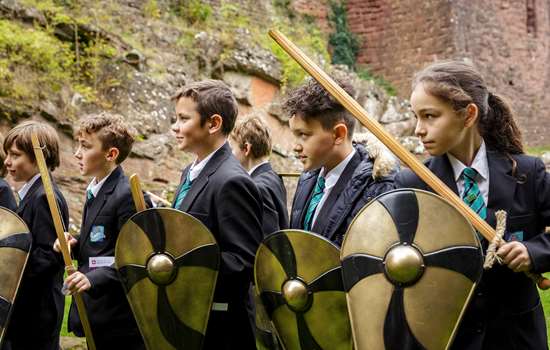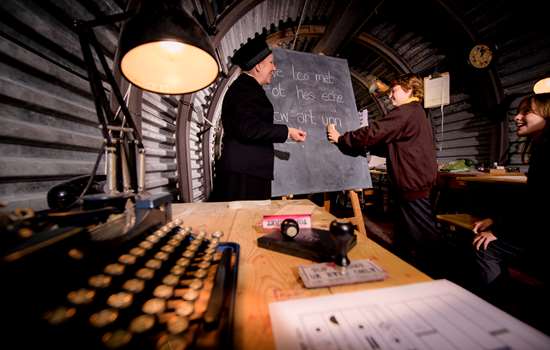Curriculum links
Step back in time and explore the varied history of Tynemouth Castle and Priory, with curriculum links to History and Geography.
- KS1 History: Significant historical events, people and places in the locality
- KS1-2 Geography: Geographical skills and fieldwork
- KS2 History: Britain’s settlement by Anglo-Saxons and Scots: Anglo-Saxon art and culture, Christian conversion. A study of an aspect or theme in British history that extends pupils' chronological knowledge beyond 1066
- KS2 Geography: Human geography: Types of settlement and land use
- KS2-3 History: A local history study
- KS3 History: Development of Church, state and society in Medieval Britain 1066-1509: Christendom, the importance of religion. Development of Church, state and society in Britain 1509-1745: The English Reformation. Challenges for Britain, Europe and the wider world 1901 to the present day: First World War, Second World War
Free Self-Led Visits
Book a free self-led visit to discover the varied and rich history of Tynemouth Castle and Priory with your class. Once one of the largest fortified areas in England, you can follow the history of this site from the Iron Age, through to an Anglo Saxon monastery, a medieval monastery fortified against Scottish attack, and a coastal Tudor fort. Having survived the English Civil War, the site was later upgraded with anti aircraft guns and radar to defend the coastline during the First and Second World Wars. Today you can explore the castle and priory, visit a beautiful 15th century chapel, and see the restored gun battery and cannon.
Enquire nowPlan your visit
We have a wide range of materials to support your visit and make school trip planning easy. You can find all our site-specific information and tools below, and further information on our what to expect page.
Download our free resources to help you make the most out of your visit and create unique learning experiences before, during and after your trip. We also offer free planning visits once you have made a booking, plus a 20% discount on the official English Heritage guidebook for your place of choice.
Once you book your visit you’ll be sent a visit permit, which you’ll need to bring with you on the day.
Visit our bookings page to start planning your trip!
Learning Resources
-

Teaching Medieval History
Use historical information, learning activities and tips from our historians, curators and educational experts to support your teaching of medieval history.
-
A Mini Guide to Castles
Discover how castles developed over time with this short introduction.
-

Taskmaster Education at English Heritage
We’ve teamed up with Taskmaster Education to bring an extra layer of fun to school visits to our sites. Find out more about how we can help you create a Taskmaster-style experience during your trip.
-
A Mini Guide to Medieval Monks
Find out more about different medieval monastic orders with our short animation.
-

Teaching the 20th Century
Use historical information, learning activities and tips from our historians, curators and educational experts to support your teaching of 20th century history.
-
Enquire now
0370 333 1181
-
Visit our bookings page to start your enquiry. All bookings must be made at least 14 days in advance. Please make sure you check our terms and conditions ahead of your visit.
If you’d like more information about a site or one of our workshops, get in touch using the online form on our bookings page to speak to your local Learning and Participation Officer. We look forward to seeing you soon.
